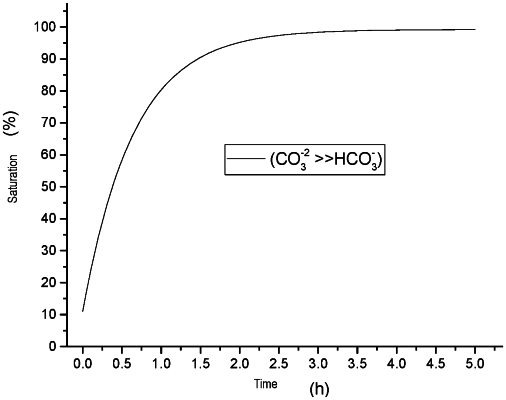| CPC B01J 20/043 (2013.01) [B01D 53/62 (2013.01); B01D 53/82 (2013.01); B01D 53/83 (2013.01); B01J 20/0229 (2013.01); B01J 20/0281 (2013.01); B01J 20/041 (2013.01); B01J 20/16 (2013.01); B01J 20/28019 (2013.01); B01J 20/28042 (2013.01); B01J 20/3007 (2013.01); B01J 20/3042 (2013.01); B01J 20/3078 (2013.01); B01D 2251/304 (2013.01); B01D 2251/306 (2013.01); B01D 2251/402 (2013.01); B01D 2251/404 (2013.01); B01D 2251/602 (2013.01); B01D 2251/604 (2013.01); B01D 2251/606 (2013.01); B01D 2257/504 (2013.01); B01J 2220/42 (2013.01); B01J 2220/82 (2013.01)] | 17 Claims |

|
1. A process for producing a ceramic material, comprising the following steps:
(a) solubilizing 23 to 360 g of alkali carbonate in 500 to 1,000 mL of water, wherein the alkali carbonate is Na2CO3, K2CO3, or a combination thereof;
(b) adding 200 to 800 g of alkaline earth metal oxide or hydroxide;
(c) adding a binding agent to form a mixture;
(d) homogenizing the mixture obtained in step (c) for 5 to 30 minutes to form a clay;
(e) removing, and optionally molding the clay obtained in step (d) for 1 to 3 hours;
(f) drying the clay at a temperature from 50° C. to 150° C., preferably 80° C., for a period of 3 to 48 hours.
|